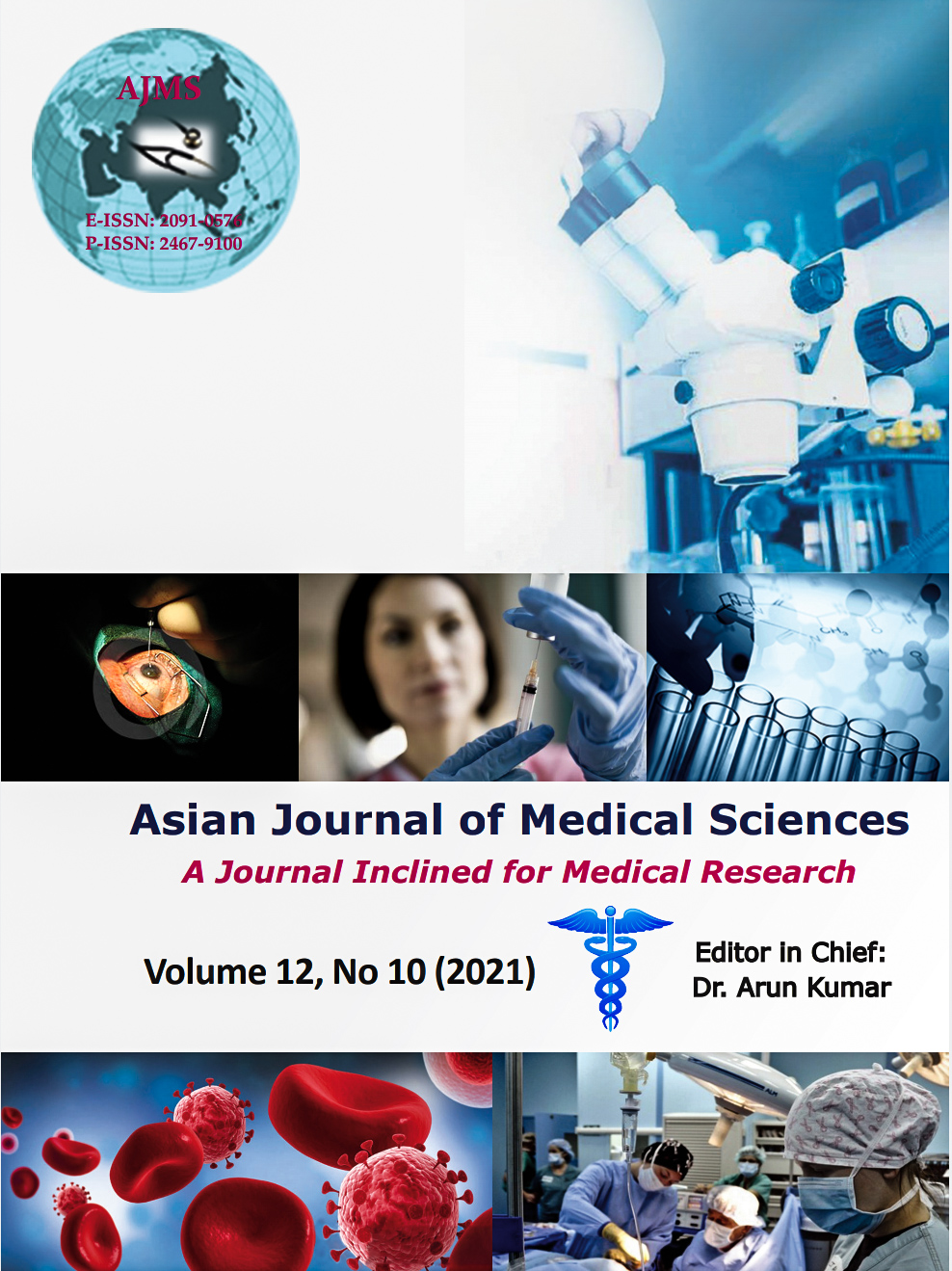Esophageal Motility Disorders in patients with Gastro-Esophageal Reflux Disease diagnosed by using High Resolution Esophageal Manometry- data from the developing world
Keywords:
Gastroesophageal reflux disease, Esophageal, Manometry, Esophageal Motility disordersAbstract
Background: Gastro-esophageal reflux disease (GERD) has a prevalence of 10-20% in the Western countries while its prevalence amongst the Pakistani population is between 22 to 24%. Esophageal manometry is currently the gold standard for diagnosing esophageal motility disorders.
Aims and Objectives: To determine the frequency of esophageal motility disorder in patients with GERD.
Materials and Methods: This cross-sectional study was conducted at the department of Hepatogastroenterology, Sindh Institute of Urology and Transplantation, Karachi, Pakistan. Patients diagnosed with GERD (defined as having typical reflux symptoms with more than 2 episodes per were) were included in this study. These patients were subjected to upper GI endoscopy followed by esophageal manometry. Esophageal motility disorders were then classificated by using the Chicago classification 3.0.
Results: A total of 76 patients were included in our study, out of which 41 (53.9%) were females. A mean age of 46.1 years ± 12 years and a mean body mass index (BMI) of 23.7kg/m2 was noted. The most common comorbid condition seen in our patients was diabetes mellitus, which was seen in 13 patients (17%). A normal EGD was noted in 48 patients (63%). Liquid perfusion esophageal manometer catheter was mainly used in our study that is in 70 patients (92.1%). Weak esophageal peristalsis was the most common esophageal motor abnormality seen in 16 patients (21.1%).
Conclusion: A significant proportion of patients with GERD have the presence of a motility disorders, the early identification and treatment of which can lead to improvement GERD symptoms.
Downloads
Downloads
Published
How to Cite
Issue
Section
License
Copyright (c) 2021 Asian Journal of Medical Sciences

This work is licensed under a Creative Commons Attribution-NonCommercial 4.0 International License.
Authors who publish with this journal agree to the following terms:
- The journal holds copyright and publishes the work under a Creative Commons CC-BY-NC license that permits use, distribution and reprduction in any medium, provided the original work is properly cited and is not used for commercial purposes. The journal should be recognised as the original publisher of this work.
- Authors are able to enter into separate, additional contractual arrangements for the non-exclusive distribution of the journal's published version of the work (e.g., post it to an institutional repository or publish it in a book), with an acknowledgement of its initial publication in this journal.
- Authors are permitted and encouraged to post their work online (e.g., in institutional repositories or on their website) prior to and during the submission process, as it can lead to productive exchanges, as well as earlier and greater citation of published work (See The Effect of Open Access).




